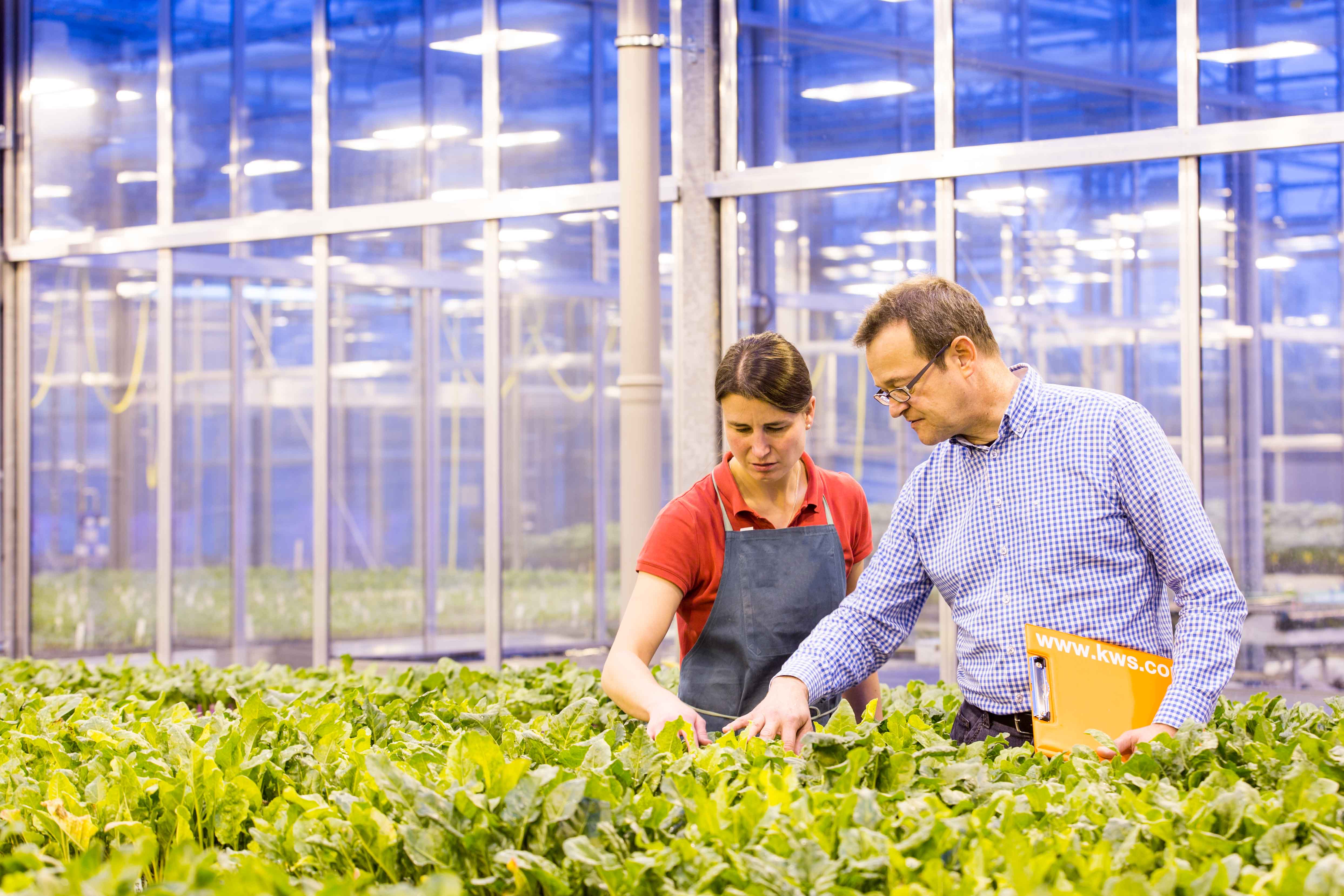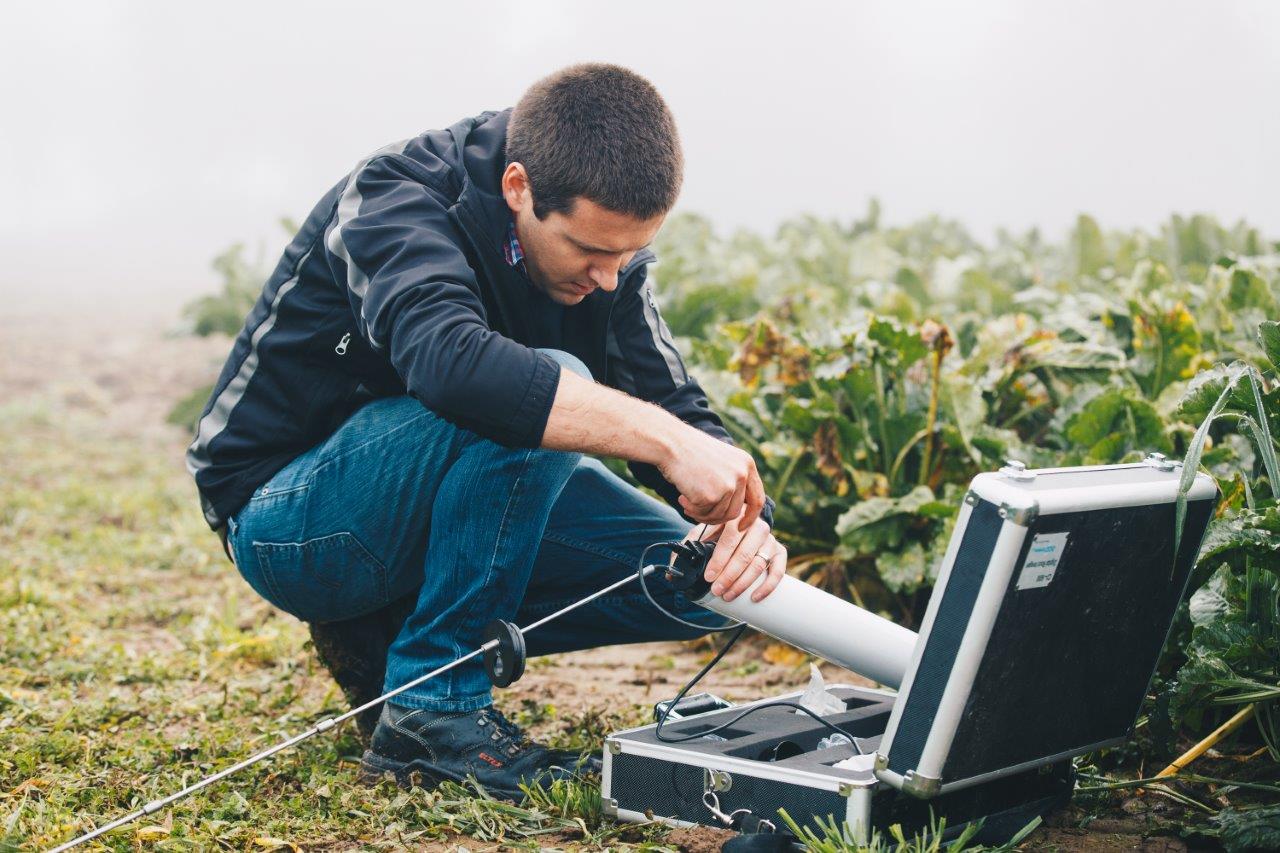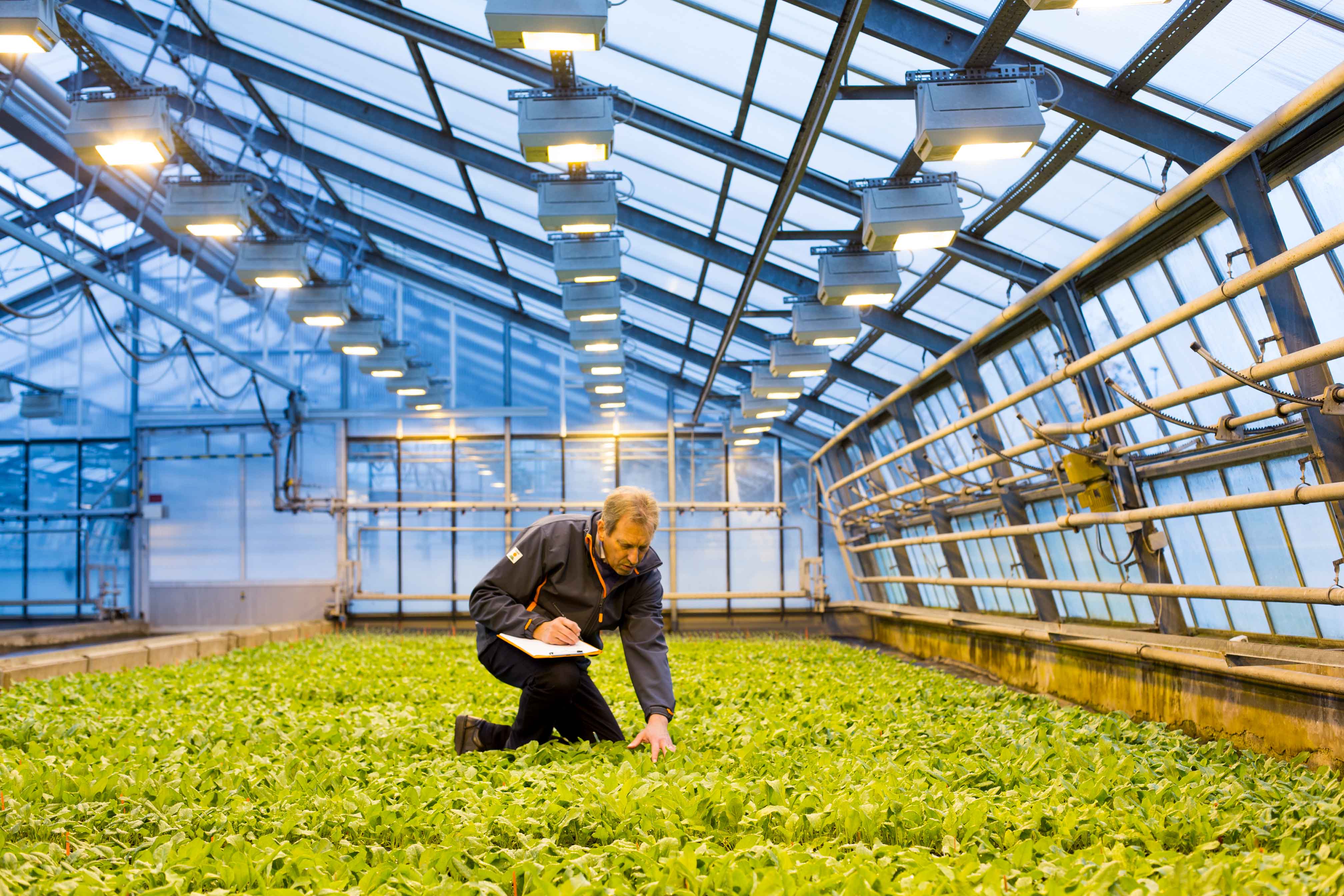Strenuous harvests are a thing of the past
Today, the father of two stands next to his fully grown plants, which tower over him. The farmer believes that his home in the northeast of China is a good place to plant corn. Here, too, the grain is generally brought out onto the field and hauled back in by machines these days. There are certainly remote regions where harvests are still done by hand, but mechanization is in full swing, Zhanwu Wang says happily. “Before 2007, the percentage of cultivated areas prepared by machines was still at 7 percent – today, it’s 75 percent,” explains Changzheng Zhang, Head of Product Development at KWS China. The man in the plaid shirt knows all too well what has happened in China over the past few years. He was one of KWS’s first employees and heavily involved in building up the product development department there and farmers like Zhanwu Wang now profit from his work.
“It’s gotten easy to sow seeds onto 10 to 20 hectares in one day and to harvest more than 10 hectares each day,” the farmer says. This new level of efficiency through breeding makes his daily work easier and affords him more time for other tasks in his business. His parents were farmers as well, but the work was much more difficult in their day. After all, they had to pick every ear of corn by hand. Luckily, that’s no longer the case, he says. The strenuous job of lopping off piece by piece while doubled over, the effort of dragging the corn plants to the edge of the field and lining them up there – everyone was expected to lend a hand, and these memories are still fresh in the mind.
Most corn becomes animal feed
These days, combines harvest the corn hectare by hectare through precisely arranged rows of plants that – in some areas – seem to stretch all the way to the horizon. Despite that, the kernel harvest of grain corn makes up only a low single-digit percentage of the total corn production in China. Even though that is a fairly small proportion, “this figure is almost exclusively driven by the early hybrid varieties from KWS that are sold in the northern Chinese regions of Xinjiang and Heilongjiang,” explains Changzheng Zhang.
With a population of roughly 1.4 billion and steadily improving living conditions, there is an increasing demand for meat, and thereby for corn. “After all, the majority of corn kernels end up being fed to livestock,” says Hong Zhang, General Manager of KWS China. He notes that corn is also used in the food industry or processed into bioethanol.








